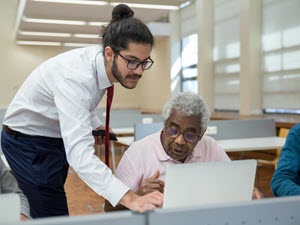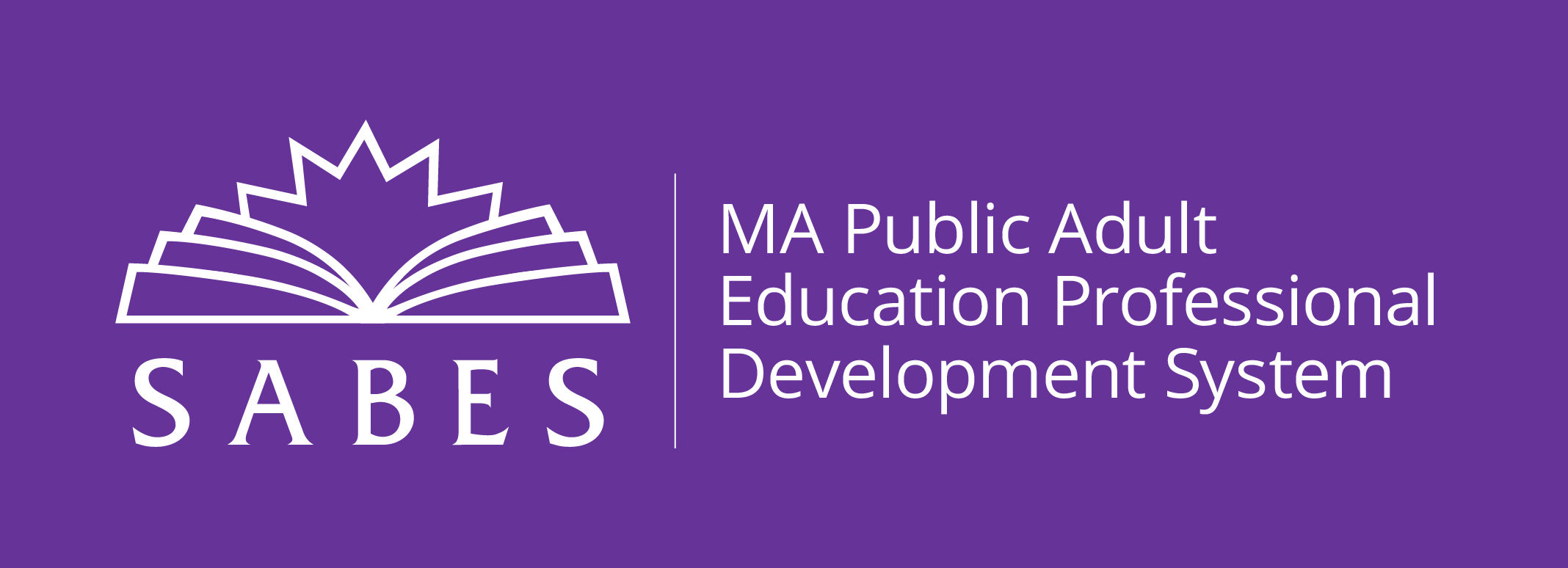
Let’s be honest—finding time to integrate digital literacy into already full schedules can feel impossible. Many of us worry we don’t have the tech skills, or that we won’t know which ones matter most for our students. But here’s some good news: You don’t have to do it all yourself. Many adult learners already have strong digital skills, and they’re eager to share them.
So, how can we make the most of that talent?
-
Try Peer Learning with EdTech Routines
EdTech routines are simple, repeatable activities that build digital skills while connecting to your regular lessons. When designed to encourage teamwork and feedback, they give students the chance to teach and learn from each other. Pay attention to who really shines with these activities. They might be your next digital leaders!
-
Invite Students to Help in Class
Students are often quick to identify and help each other with tech problems—sometimes even quicker than their teachers. Recognizing and celebrating these informal moments can help make peer support part of your classroom culture. To take it a step further, you could create formal opportunities for students to support one another: What about an in-class tech support team? Or a student-led tech tip of the week?
-
Empower Students as Digital Leaders
Students who help with tech in class can become amazing staff members who deeply understand what students need. When learners see peers like them in paid or leadership roles, it inspires them to imagine new possibilities for their own futures. Everyone wins—students, teachers, and programs.
Want to Learn More about EdTech Routines?
SABES EdTech in Action series offers hands-on sessions for adult educators, program leaders, advisors, and support staff. You’ll explore practical routines for the classroom and beyond using tools like WhatsApp, ScreenPal, Google Forms, and Edpuzzle—all focused on collaboration and student engagement.
The EdTech Routines course dives deeper. You’ll design your own classroom or program routines and learn what makes them work. This is a great opportunity to build routines that intentionally promote peer collaboration and learning.
An Example of Student Digital Leadership: Methuen Adult Learning Center
At Methuen Adult Ed Learning Center, one student leader stood out for her tech skills. She could quickly spot exactly what other learners needed—like when someone kept muting and unmuting themselves by accident—and took initiative to help out. As a member of the student leadership team, she later built a digital literacy curriculum based on her peers’ goals and what she saw them struggling with.
When the center created a new digital literacy teacher position, they hired her. Now she co-teaches, supports staff, and helps integrate EdTech into every classroom.
“I don’t know what we would do without her.”
—Susan Despres, Methuen Adult Learning Center
How did Methuen make it happen? They:
- Noticed when students stepped up as digital leaders
- Offered real opportunities through a student leadership team
- Trusted those leaders with meaningful projects
- Hired and paid them for their expertise.
Many of our learners already hold valuable knowledge and expertise when it comes to using and teaching technology. Fostering peer learning and digital leadership can make digital literacy feel less intimidating and more empowering for everyone.
So, what would your students accomplish if given the chance to lead? Please share what they accomplish and what you learn with us!


